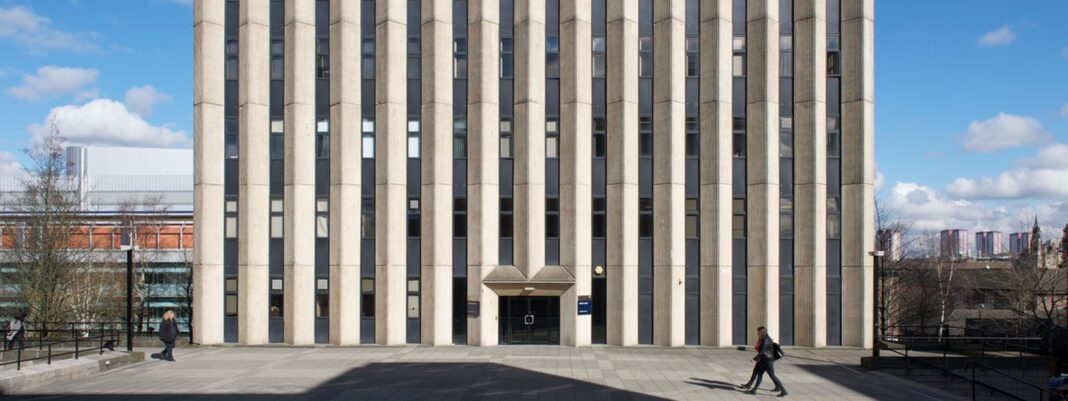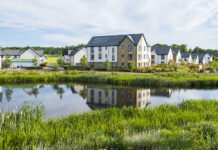
KIER Construction has completed work on what is believed to be the world’s first dedicated biomedical engineering building.
The £15.5 million project, at the University of Strathclyde’s campus in Glasgow city centre, saw the complete refurbishment of the category-B Wolfson Centre.
Originally constructed in 1972, the five-storey building will now be home to the university’s department of biomedical engineering. It features new high-quality research and teaching laboratories; modern, flexible learning spaces; increased office accommodation; and social spaces for students.
The exterior remains virtually unchanged, with it only undergoing a clean and the addition of an extension containing a stairwell and lift which will allow the capacity of the building to be increased. The building has also been connected to the university’s district heating network.
Professor Sir Jim McDonald, principal and vice-chancellor of the University of Strathclyde, said, “The Wolfson Centre refurbishment is just one of the projects that is helping transform our campus into a working and learning environment for the 21st century as part of an overall £1 billion investment.
“By refurbishing the existing building we have been able to put sustainability at the heart of the project, minimising the use of new materials, incorporating recycled and carbon-neutral material and installing various energy efficiency measures.
“We’d like to take this opportunity to thank our generous donors for £1.7m that was secured towards the project. Our staff and students are really looking forward to moving back in and making the most of the new facilities.”
Professor Stuart Reid, head of the department of biomedical engineering at the University of Strathclyde, said, “We are extremely excited to start reoccupying the newly transformed Wolfson Building. When the original Wolfson opened in 1972, it was the first of its kind, being the first dedicated biomedical engineering building in the world.
“Thanks to our donors and campus investment, we repeat this in 2021 with state-of-the-art teaching spaces and specialised teaching laboratories, alongside cutting-edge research facilities. Our staff and students are ideally placed to benefit from these new facilities, to continue to support improved health outcomes and medical technologies for society through our transformative training programs and research activities.”











